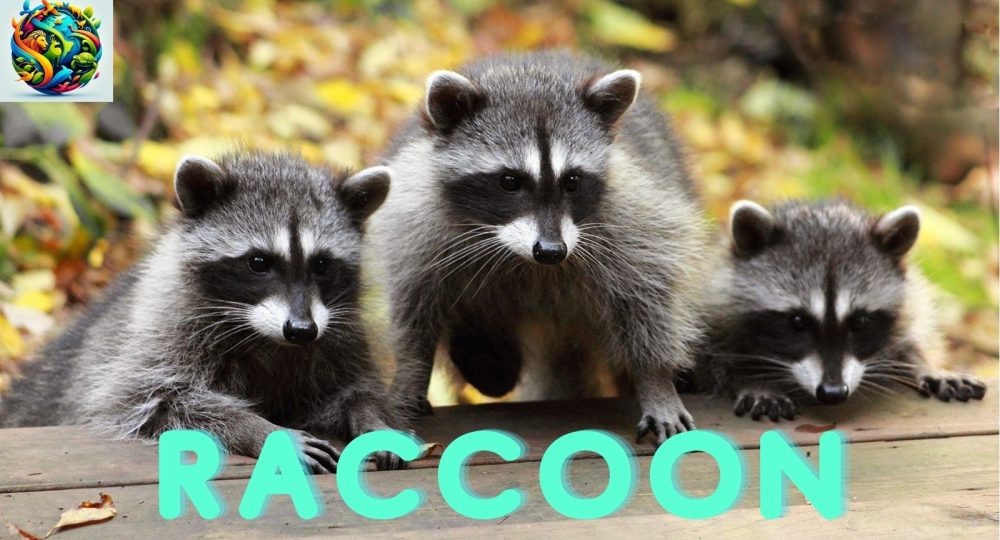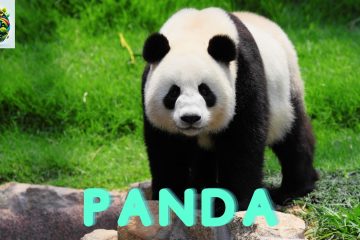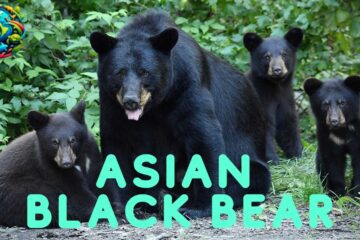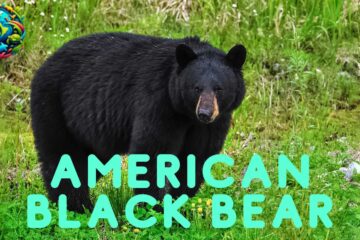
Raccoon: The Clever Bandit of the Urban Jungle
Raccoon: The Clever Bandit of the Urban Jungle
In the bustling landscapes of cities and suburbs, a mischievous creature roams under the cover of night, scavenging for treasures amidst human habitats—the raccoon. With its distinctive mask, dexterous paws, and inquisitive nature, this cunning bandit has adapted seamlessly to urban life, earning both admiration and occasional frustration from human residents. Join us as we unravel their secrets, the clever opportunist of the urban jungle.
Amazing Fact:
They possess highly sensitive and dexterous front paws, which they use to manipulate objects with remarkable precision. Their ability to unlock doors, open latches, and even unscrew jars has earned them a reputation as ingenious problem-solvers, capable of overcoming various obstacles in their quest for food and shelter.
Habitat/Food:
Originally inhabitants of North American forests and wetlands, raccoons have expanded their range to include urban and suburban environments. They are omnivorous scavengers, feeding on a diverse diet that includes fruits, nuts, insects, small mammals, bird eggs, and human food waste. Their adaptability and opportunistic feeding habits contribute to their success in urban settings.
Appearance:
Characterized by their distinctive facial mask, ringed tail, and bushy fur, raccoons possess a unique appearance that sets them apart from other mammals. Their agile bodies and masked faces exude an air of curiosity and intelligence, reflecting their resourceful nature and adaptability to various environments.
Types/Subspecies:
Northern Raccon (Procyon lotor)
Crab-eating Raccon (Procyon cancrivorus)
Cozumel Raccon (Procyon pygmaeus)
Location:
They are native to North and Central America, where they inhabit a wide range of habitats, including forests, marshes, and urban areas. In recent decades, they have become increasingly common in cities and suburbs, drawn by the abundance of food and shelter provided by human habitation.
Predator & Threat:
While raccoons face predation from larger predators such as Coyotes, Bobcats, and birds of prey, their biggest threats often come from human activities. Collisions with vehicles, habitat destruction, and encounters with domestic pets pose significant risks to their populations, particularly in urban and suburban areas.
Mating:
They are solitary animals for most of the year but come together during the breeding season, which typically occurs in late winter or early spring. Males compete for mating rights with females through vocalizations and physical displays, with dominant males siring the majority of offspring. After a gestation period of about two months, females give birth to a litter of kits in a den, where they are nurtured until they are old enough to venture out on their own.
How Raccoons Communicate:
Communication among them primarily involves vocalizations, body language, and olfactory cues. They use a variety of sounds, including purring, chattering, and hissing, to communicate with conspecifics and signal alarm or aggression. Scent marking also plays a crucial role in marking territory and conveying information about reproductive status and social hierarchy.
Movies on Raccoons:
While raccoons may not be the stars of mainstream films, they have appeared in various wildlife documentaries and nature programs that showcase their behavior and adaptability. Notable appearances include:
– “Nature: Raccoon Nation” (2012) – A documentary that explores the lives of urban raccoons and their interactions with human society, shedding light on their intelligence, resourcefulness, and survival strategies.
– “Planet Earth II: Cities” (2016) – A nature documentary series that includes an episode on urban wildlife, featuring raccoons and other animals that have adapted to life in cities.
How It Is Pronounced in Different Languages:
– English: Raccon
– Spanish: Mapache
– French: Raton laveur
– German: Waschbär
– Mandarin Chinese: 浣熊 (Huànxióng)
– Hindi: रैकून (Raikūn)
FAQs:
1. Why do raccoons wash their food?
They have a habit of dipping their food in water before eating, a behavior known as “dousing” or “washing.” While the exact reason for this behavior is not fully understood, it is believed to serve several purposes, including softening food, removing debris, and enhancing tactile sensations in their sensitive paws.
2. Do raccoons make good pets?
While they may appear cute and playful, they are wild animals and are not suitable as pets. They have complex needs, require specialized care, and can exhibit destructive behavior when kept in captivity. In many regions, it is also illegal to keep raccoons as pets due to concerns about public health and safety.
3. Are raccoons nocturnal?
Yes, they are primarily nocturnal animals, meaning they are most active during the night and rest during the day. Their nocturnal behavior is thought to be an adaptation to avoid predators and human disturbance, as well as to exploit food sources that are more readily available at night.
4. Do raccoons hibernate during the winter?
While they do not hibernate in the traditional sense, they may enter a state of torpor during periods of extreme cold or food scarcity. During this time, they may reduce their activity and seek shelter in dens or other protected areas to conserve energy and survive harsh winter conditions.
This Article is Sponsored by FINCTOP & TECHETOP






